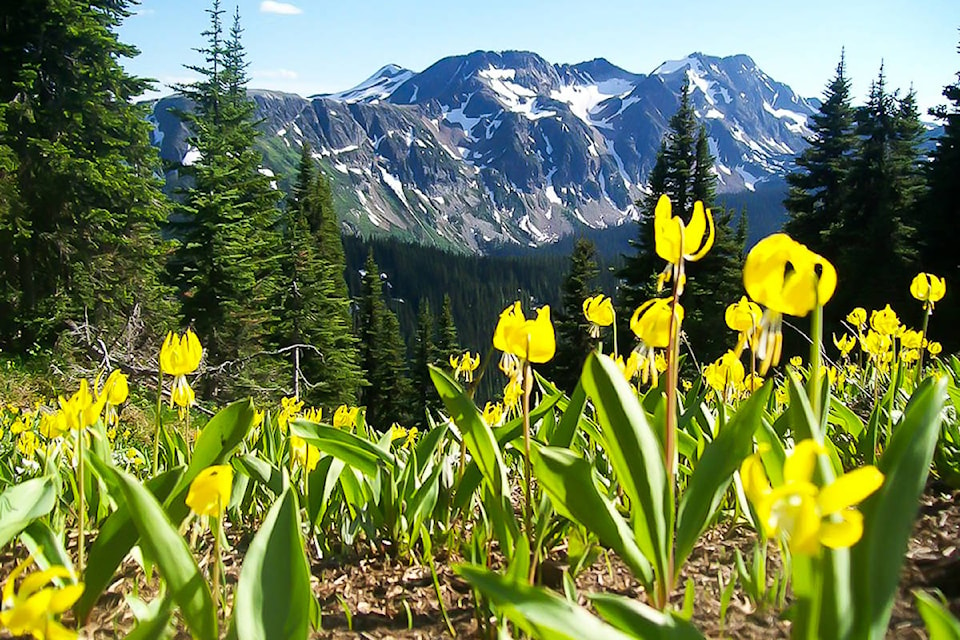Editor, The Times:
I was interested to read the recent article in The Times regarding the meeting at the forest service discussing the visual impact of logging on the road into Wells Gray Park.
Though a visual quality designation that recognizes the important tourism value of this area would be welcome, it is important for people involved in the tourism industry to understand this discussion will have no impact on the logging that CANFOR is currently doing in the Clearwater River corridor.
Despite many requests from community members, CANFOR has not acknowledged the need to help the tourism industry maintain a more wilderness feel for the entry into Wells Gray Park.
The road into Wells Gray Park is one of the most important visual corridors in B.C. as more than 3,000 visitors travel the road each day in the busy summer months.
CANFOR’S recent logging in the Wells Gray Corridor is very noticeable. Clearcuts are now visible from the Shaden Viewpoint and are a prominent addition to the viewpoint at Third Canyon Waterfalls. This negative visual impact continues up the valley road.
Why was no landscape inventory initiated prior to CANFOR developing and logging the area? Initiating one now will have no bearing on CANFOR’S current plans and ignores the reasonable requests by concerned community members that current logging in the Wells Gray Park corridor be sensitive to the park’s wilderness reputation.
Meanwhile, CANFOR continues logging the very visible west side of the valley—employing visual quality objectives that do not consider the importance of our tourism industry’s ‘wilderness product.’
At the meeting, the consultant suggested that perhaps CANFOR would assume the recommendations of a new landscape inventory as part of their ‘social license.’ At the rate CANFOR seems to be harvesting now, however, they certainly won’t have to worry about new visual quality guidelines.
The discouraging truth is that the damage to the viewscapes will be done by the time the new visual quality guidelines are formalized.
The tourism industry in Clearwater puts money in many pockets. Tourism can continue to be a huge part of our economy year after year.
By allowing CANFOR to treat the Upper Clearwater Valley in the same way they would any of their industrial forest lands, we are taking the tourism industry for granted, when we should, for the future of our community, be looking after the corridor that helps to draw people to this area.
Tay Briggs, Clearwater
